|
|

|
10-Spot
|
|
Special features: Very variable in colour. The photo (above right) shows the 'netted' form which has black wing casings with orange-red spots. Other specimens have orange wing casings and black spots. |
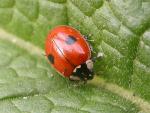
|
2-spotted ladybird
|
|
Special features: The two spot ladybird is a fairly common species which is often found hibernating in houses during the winter months. |
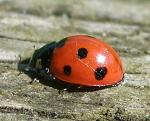
|
7-spot ladybird
|
|
Special features: Ladybirds are insects of the beetle family. People don't much like insects, and beetles are generally even less popular. For this reason the rather likeable ladybird beetles are simply called ladybirds. Gardeners love them because they eat all the pests which damage plants and flowers. |
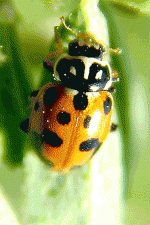
|
Adonis
|
|
Special features: Adonis ladybirds have orange-red wing casings with black spots. There are normally six black spots on the rear half of the casings and one at the front in the centre, but this can vary. |
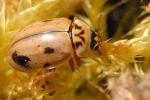
|
Aphidecta obliterata
|
|
Special features: Larch ladybirds are light yellow-brown in colour. There is a darker line running down the back where the two wing casings meet, and there may be up to 10 dark brown spots. The pronotum has a distinctive dark brown M-shaped marking. The legs and antennae are an orange-brown colour. |
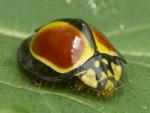
|
Australoneda Ladybird
|
|
This ( if it's a ladybug and not a tortoise beetle ) is one of the most beautiful ladybugs |
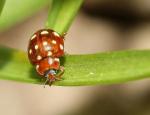
|
Calvia 14-punctata
|
|
Special features: Orange-brown wing casings with cream coloured spots. Normally found on the leaves of trees and shrubs. |
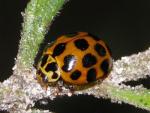
|
Common Spotted Ladybird
|
|
Adults and larvae of ladybird beetles are important predatory insects in most crops, especially early season and when chemicals have not been used against pests. They are voracious predators of aphids and, under most conditions, (along with lacewings and hover flies), stop aphid populations from increasing explosively. |
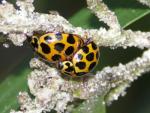
|
Common Spotted Ladybirds mating
|
|
The Common Spotted Ladybird Beetles are medium in size. They are beautifully bright orange in colour with 23 black dots on its wing-covers. We found them easily in our backyards in early summer, they feed on the aphids on our hibiscus plants. They are common in Brisbane. |
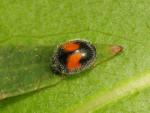
|
Diomus notescens
|
|
This ladybirds is very small. The body is dark green in colour with brown spot on each of the forewings. |
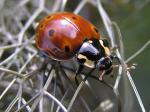
|
Eyed
|
|
Special features: Eyed ladybirds are the largest ladybirds found in the UK. They're a deep red colour with on average 15 black spots. Each spot is surrounded by a cream coloured ring which give this ladybird its name, although the rings are not always present. The legs are black which differentiates it from the Harlequin ladybird. |
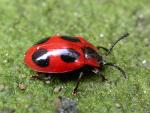
|
False Ladybird
|
|
Special features: Similar in appearance to a ladybird, but less round - more elongated, and less dome shaped - much flatter. Also the antennae are much longer. |
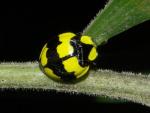
|
Fungus-eating Ladybird
|
|
This is a fungus-eating Ladybird which is about 5mm long with.bright yellow with black markings. It is active during the day and fast moving and it lives on plants infected with fungus or black mould. These ladybirds lay their eggs on food plants. |
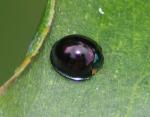
|
Halmus chalybeus
|
|
Identification
The Steelblue Ladybird is a small hemisphere shaped ladybird. It is dark metallic blue in colour. This ladybird is an important predator of pests in citrus plantations in Australia, and was introduced into New Zealand as a biological control for citrus insects pests. |
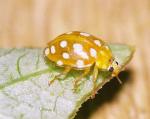
|
Halyzia 16-guttata
|
|
Special features: Bright yellow or orange in colour, with a translucent border to the wing casings and pronotum (bit between the head and wing casings). Usually features 16 creamy-white coloured spots, but there can be as few as 14 spots. It has an orange head, and legs, and the eyes are black. |
|
|